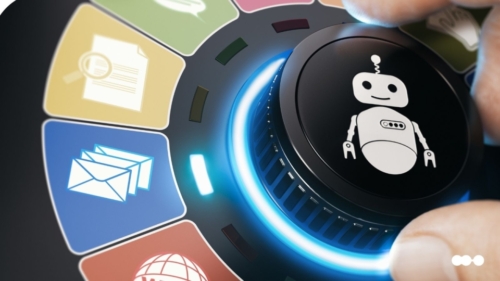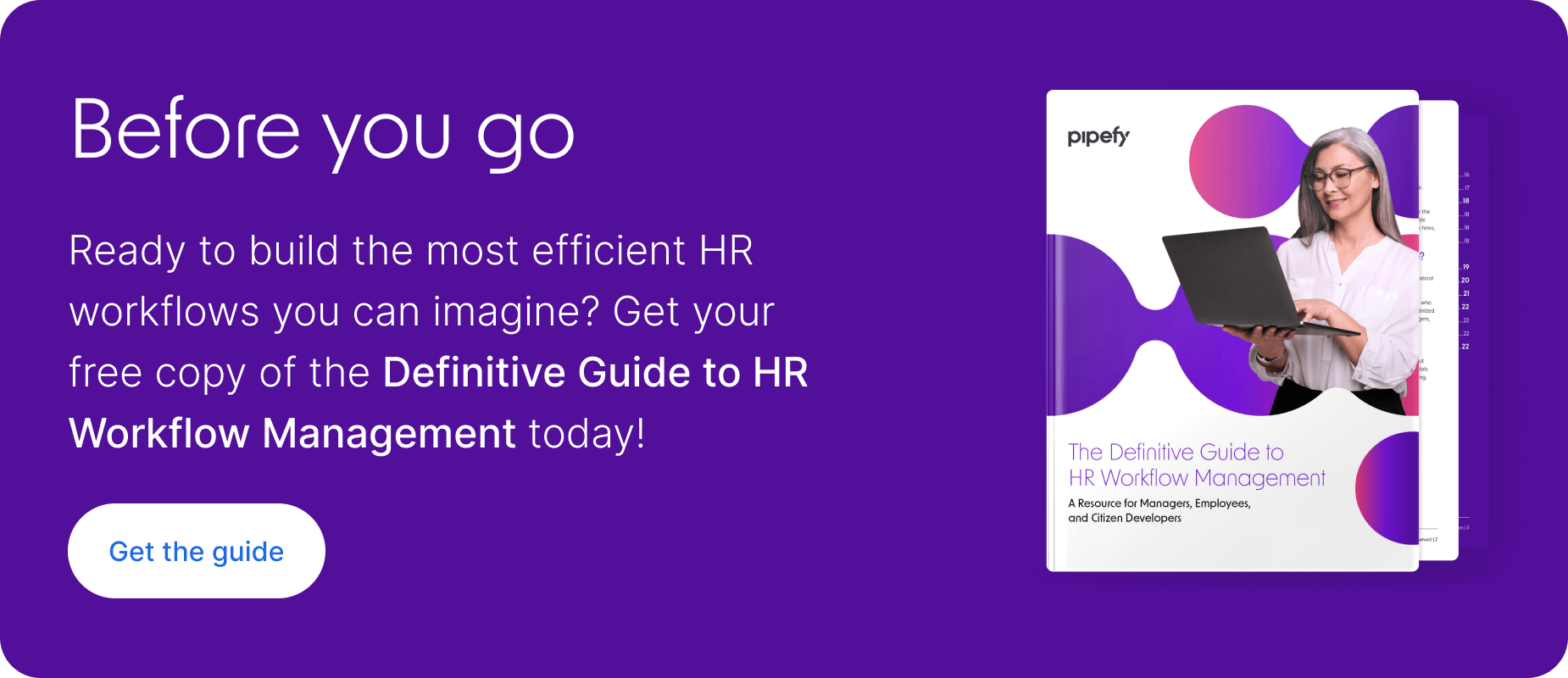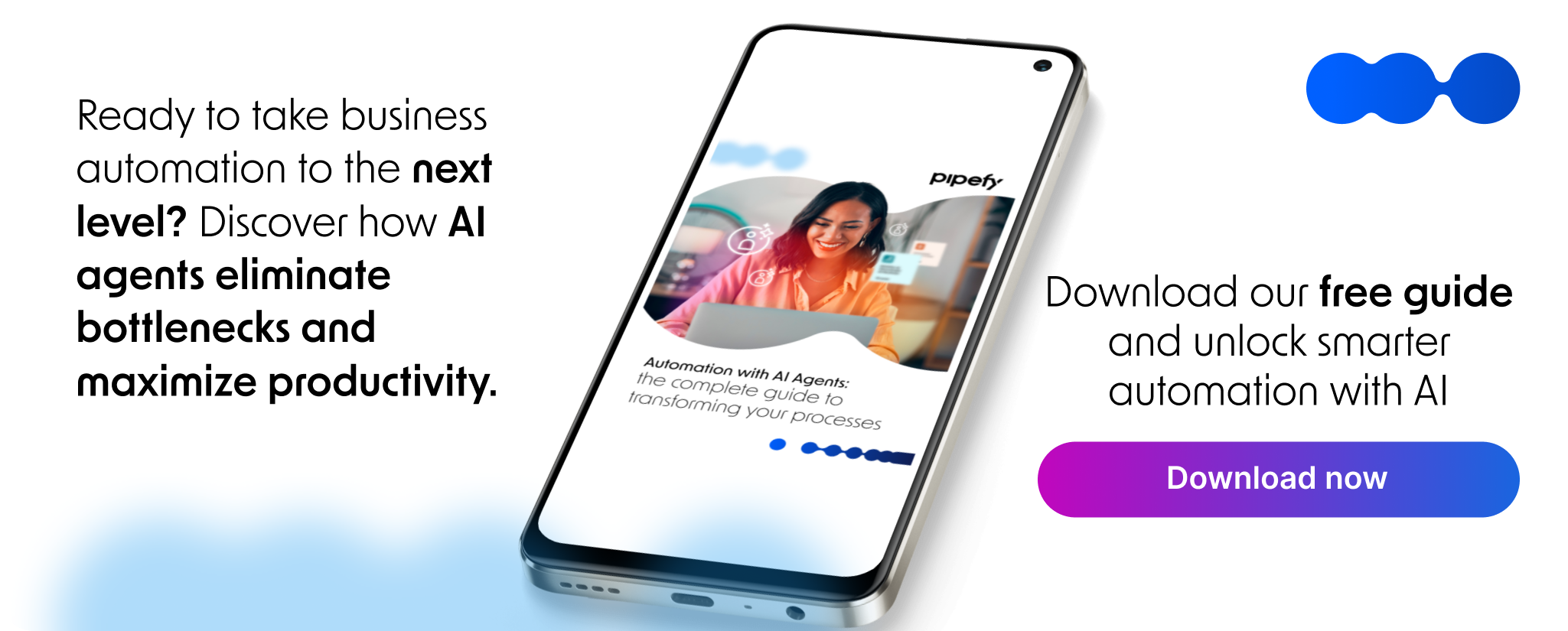
Giving internal feedback and developing people shouldn’t be time-consuming or inconsistent. Yet, many managers struggle to provide structured coaching, and employees often feel like they’re left guessing what to improve. That’s where AI Agents come in.
By using smart automation, AI Agents can be used for employee coaching, delivering internal feedback, helping employees improve, and supporting managers with real-time insights.
In this post, we’ll explore how AI Agents can change the way companies handle coaching, from performance reviews to continuous development.
What Are the Gaps in Traditional Coaching?
Traditional internal feedback cycles tend to rely on manual notes, memory, or annual reviews, which leads to several challenges:
- Feedback gets delayed or forgotten
- Managers feel overwhelmed tracking development plans
- Employees don’t get enough direction to grow
According to Gallup’s State of the Global Workplace Report (2023), only about 33% of employees strongly agree that they receive meaningful feedback from their managers. That leaves the majority still guessing about their performance.
Without a system, coaching becomes subjective and reactive. And when you’re managing dozens of people, even experienced leaders can struggle to keep up.
How AI Agents Can Act as Coaching Allies
AI Agents work inside the systems teams already use. They observe workflows, detect patterns, and trigger coaching actions based on actual behavior.
Here are 5 ways they support internal feedback:
- Daily Nudges: AI Agents can send quick suggestions based on workflow habits (e.g., “Remember to tag the request correctly”).
- Goal Tracking: They monitor if progress is being made on performance goals and alert when it’s off-track.
- Feedback Summaries: After tasks, they consolidate feedback from peers or leaders and present it clearly.
- Training Triggers: When a recurring issue is detected, the AI can suggest a short video or course.
- Recognition Alerts: AI can flag achievements for managers to acknowledge in real time.
This creates a feedback-rich environment without adding extra work for leaders or HR.
Read more: See how companies are using AI in HR to boost development and decision-making
What Kind of Feedback Can Be Automated?
Not all coaching needs a human touch. In fact, some feedback is better when it’s fast, consistent, and rational.
Examples of automatable internal feedback:
| Type of Feedback | Triggered By | AI Agent Action |
| Process Compliance | Missed steps or deadlines | Quick reminder with a link to step-by-step instructions |
| Quality Control | Repeated errors in task delivery | Suggests training or review checklist |
| Collaboration | Low response rates in shared tasks | Prompt to engage more actively |
| Productivity | Delayed task completions | Daily summary with time management tips |
It’s a way not to replace human coaching, but to supplement it and ensure feedback is timely and always available.
Making Feedback Less Personal and More Useful
Many employees fear feedback because it feels personal, but AI Agents can change that.
When a system identifies trends (not people) and nudges behaviors instead of criticizing, internal feedback becomes:
- Easier to accept
- More specific
- Less emotionally charged
For example, instead of a manager saying “You’re missing deadlines”, an AI Agent might share: “Last week, 4 out of 6 tasks were closed after the due date. Here’s a 2-minute planning tip that might help.”
It’s factual, constructive, and action-oriented. Over time, these small suggestions can build trust and improvement.

Scalable Coaching in Regulated Environments
In industries like finance, insurance, or consumer goods, training isn’t only about helping people grow. It’s also about ensuring compliance and minimizing risk. Consistent coaching is important to keep teams aligned and reduce risk.
In this context, AI Agents make this easier by:
- Keeping a record: Every suggestion and performance cue is saved and can be reviewed.
- Giving the same support to everyone: This avoids biased coaching and ensures fairness.
- Correcting in the moment: If something goes off-track, the AI can step in right away with a suggestion.
Let’s say someone on a credit review team skips a critical step. The AI can notice it and send a quick reminder, or alert a manager if it keeps happening.
Key Metrics to Measure Coaching Success with AI
It’s important to track whether coaching interventions actually work. Some relevant metrics include:
| Key Metric | What It Measures |
| Error Reduction Rate | Whether repetitive mistakes have decreased over time |
| Training Completion Time | If employees are engaging with the suggested content promptly |
| Task Resolution Time | Improvements in productivity and efficiency |
| Self-Service Adoption | How often teams solve issues independently without escalation |
| Feedback Sentiment | Employee perception of AI feedback (e.g., usefulness, clarity) |
These metrics are easy to follow using tools like Pipefy’s dashboards. You can get a clear view of what the AI Agents are doing (nudges, training prompts, completed actions), alongside key performance indicators like turnaround time, quality levels, and compliance. This can help HR and operations leaders understand what’s working and make smarter decisions based on real data.
Use Case: Onboarding New Analysts in Finance
Imagine a bank onboarding 50 junior analysts per quarter. It’s possible that managers won’t be able to sit with each person daily, but AI Agents can help.
Inside their onboarding workflow, AI Agents:
- Remind to complete the required documents
- Suggest next steps based on role
- Give tips aligned to mistakes or delays
- Remind managers when a new analyst is off-track
In one quarter, this could lead to:
- 40% faster onboarding completion
- 25% fewer compliance-related errors
- Better employee experience from day one
AI Agents vs. Traditional Coaching Models
| Feature | Traditional Coaching | AI Agents |
| Delivery | Periodic meetings | Real-time, continuous |
| Consistency | Varies by manager | Standardized across teams |
| Bias | Subject to perception | Behavior-based feedback |
| Scale | Limited by time | Supports hundreds at once |
| Cost | High for 1:1 support | Fixed cost, scalable |
This comparison doesn’t mean one replaces the other, but instead, it highlights how AI can boost coaching efficiency without replacing human care.

FAQ
How do AI Agents deliver feedback?
They trigger suggestions based on behaviors or workflow data, such as delays or repeated errors.
Can AI replace human managers in coaching?
No, AI supports with consistency and speed, but human context and empathy are still essential.
Is AI feedback always accurate?
Accuracy depends on system setup. AI Agents should be connected to reliable workflow data for meaningful nudges.
How long does it take to see coaching results?
Most teams see improvements within 4 to 6 weeks of adopting AI-driven feedback systems.
Is it safe to use AI for performance feedback?
Yes, especially when feedback is behavioral, constructive, and stored for transparency.
How Pipefy Enables Internal Feedback and Employee Coaching with AI
Pipefy is a no-code platform that brings structure, visibility, and autonomy to internal processes. With AI Agents integrated into workflows, companies can:
- Track how people work and where they need support in real time
- Send helpful tips right inside daily tasks
- Reduce the time managers spend on feedback tasks
- Keep a clear record of each employee’s growth
All of this happens inside a secure, compliant environment that empowers both HR and team leaders. Pipefy puts operational control in the hands of business teams, with no coding or IT dependency required.
With Pipefy, you can turn coaching into an always-on, scalable process that supports growth and accountability across every team.







